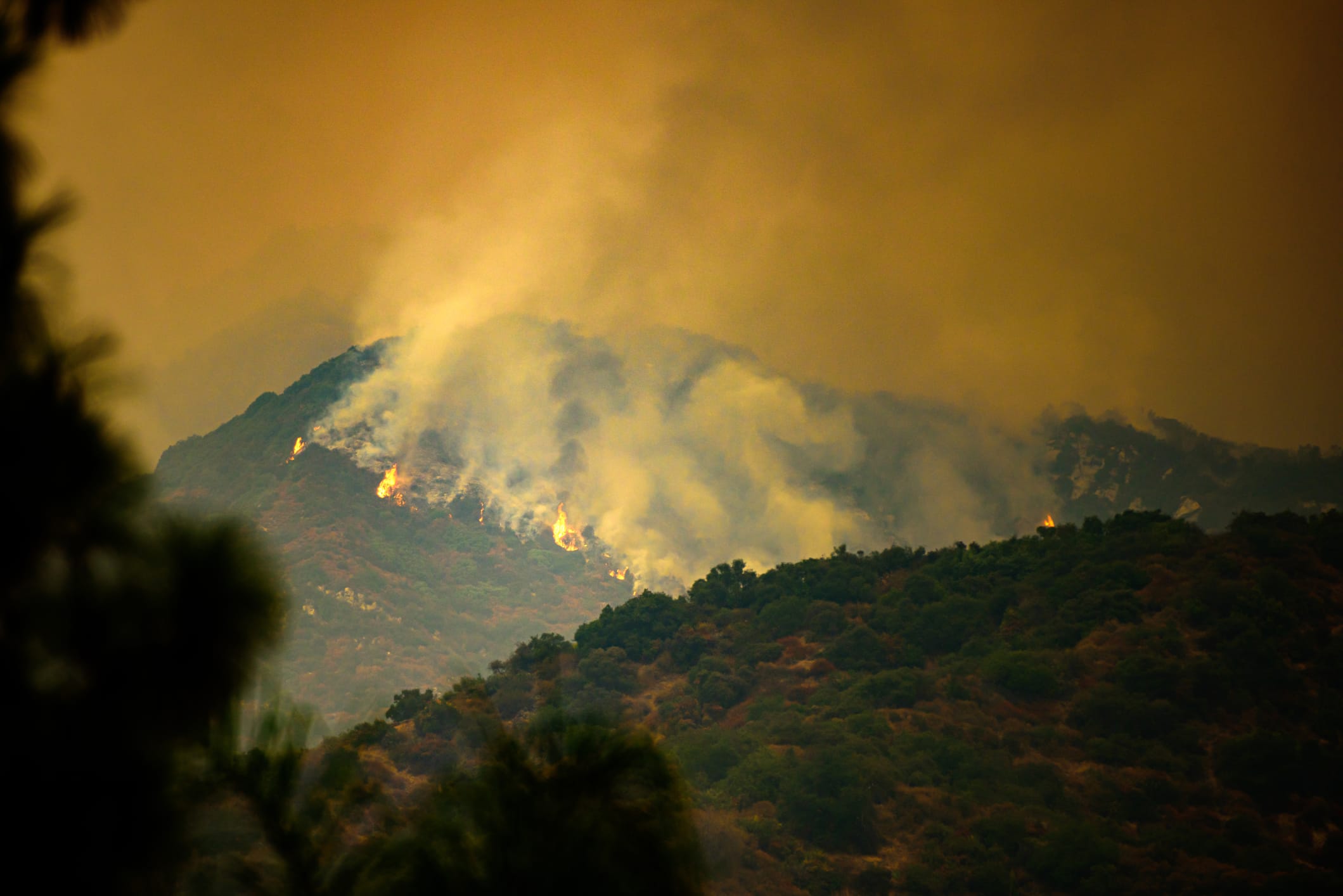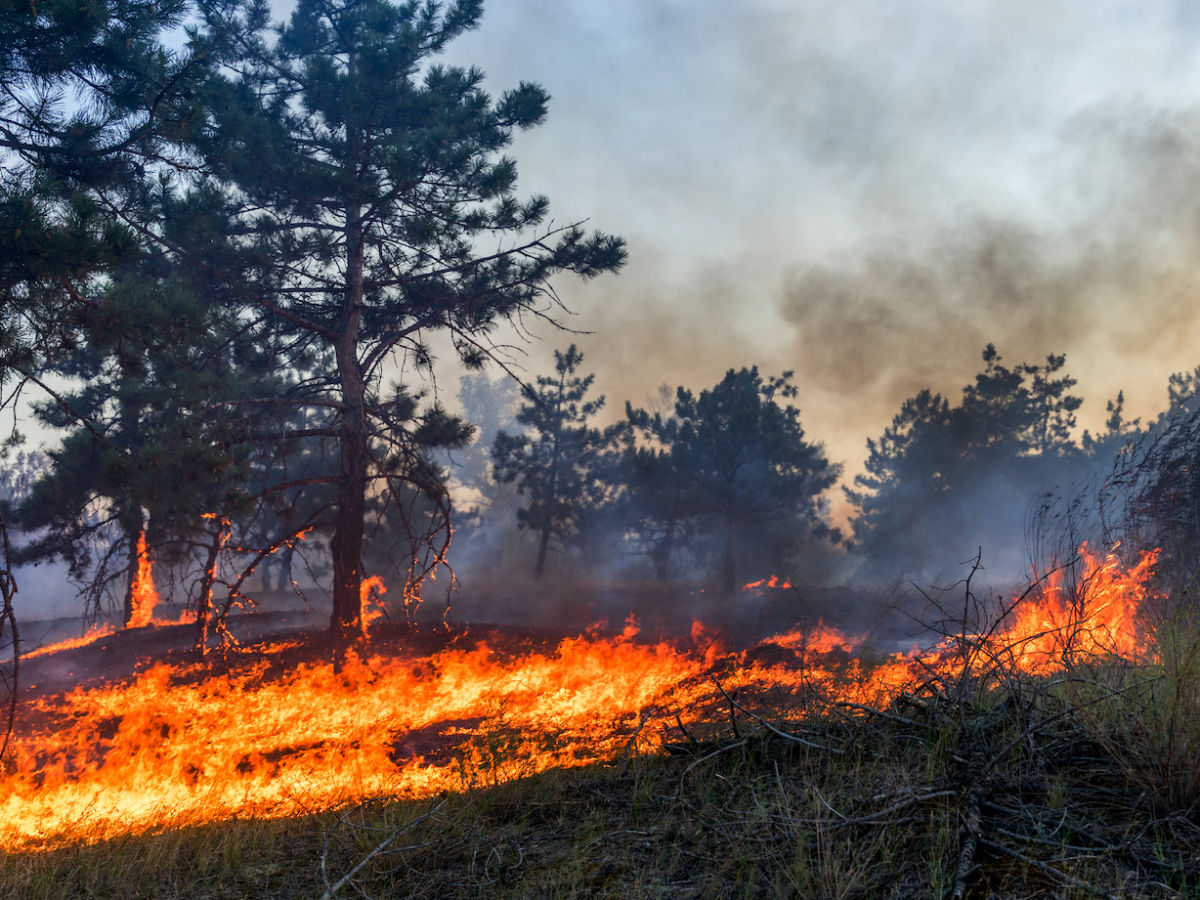Introduction

Los Angeles, a vast metropolis with its location between the Pacific Ocean and mountainous terrains, has always been prone to wildfires. The convergence of natural factors, human activities, and infrastructural challenges creates a complex web of causes that ignite and fan these fires. Understanding these causes is crucial for developing effective prevention and mitigation strategies.
1. Climatic and Environmental Factors
a. Drought Conditions
Southern California's climate is punctuated by episodic droughts. Many of the years within recent decades have been among the driest ever recorded, leaving behind parched landscapes and desiccated vegetation. This dry flora becomes tinder ready to flare up at the slightest spark. The lack of adequate rainfall dries out existing vegetation and also prevents new growth that is rich in moisture, which could act as firebreaks. The cumulative effect is an environment primed for wildfires.

b. Climate Change and Hydroclimate Volatility
Climate change has brought more variability in weather patterns—what some researchers refer to as "climate whiplash." In other words, the seesawing back and forth between extreme weather states—for example, heavy rain followed by long periods of drought—has been recorded in Los Angeles. In this city, wet periods have caused rapid growth of vegetation, followed by drying in droughts, which increases combustible material; research has concluded that climate change has lengthened the local dry season so that it now overlaps with the offshore wind season, creating conditions conducive to wildfires. WIKIPEDIA
c. Santa Ana Winds
The Santa Ana winds are a meteorological phenomenon characteristic of Southern California. Strong, dry winds originate inland and move toward the coast, funneled through mountain passes and canyons. They are notorious for their devastating ability to fan the flames of wildfires, sweeping embers over long distances and further desiccating vegetation. During wildfire events, these winds can turn a small, manageable fire into a raging inferno within hours.

2. Human Factors
a. Urban Development and the Wildland-Urban Interface
In the last couple of decades, Los Angeles has experienced rapid urban growth. This growth often pushes into wildland areas, an area known as the wildland-urban interface (WUI). The WUI is especially prone to wildfires because it juxtaposes dense human populations with fire-prone landscapes. Homes and infrastructure in these areas are at increased risk, and human activities can unintentionally ignite fires.
b. Negligent City Management
Critics have pinned the blame for wildfires on mismanagement by the cities. Issues such as failing to remove homeless encampments and a lack of infrastructure upkeep have been noted. In January 2025, when fires broke out, there was no water from hydrants because of high system demand—a problem dating back to the 2018 Woolsey Fire. NEW YORK POST
c. Budget Cuts to Fire Services
The Los Angeles Fire Department sustained a $17.5 million budget cut, which some critics argue has hampered the ability of the city to respond efficiently to large-scale emergencies. Such reductions have been linked with delays in response times and a non-adequate preparedness level for wildfire outbreaks. NEW YORK POST
3. Infrastructural Factors
a. Power Lines and Electrical Equipment
Electrical infrastructure has been a major source of ignition for many wildfires. Strong winds can cause arcing or contact between power lines and vegetation, thus igniting a fire. In response, utility companies have been conducting PSPS during periods of high risk, although this measure also brings about its own set of challenges, including public inconvenience and economic impacts.
b. Water Supply Issues
Compromised water infrastructure has also played a role in exacerbating wildfire damage. In Pacific Palisades, for example, dry fire hydrants hampered firefighting efforts during the recent fires, highlighting the critical need for reliable sources of water in fire-prone areas. THE TIMES & THE SUNDAY TIMES

4. Natural Ignition Sources
a. Lightning
Less common in Southern California than in other parts of the state, lightning strikes can still be a major problem, especially in dry conditions. These natural ignition sources are quite unpredictable and may cause multiple fire starts over a wide area, complicating firefighting efforts.
b. Arson and Human Negligence
Human activities, including intentional (arson) and unintentional (negligence), have been identified as important sources of wildfire ignition. The activities of debris burning and fireworks use have been pointed out to be the usual cause of fires in the area. AP NEWS
5. Historic Perspective
Understanding the historical context of wildfires in Los Angeles puts present challenges into perspective. Wildfires have actually become a usual phenomenon in the region, where some of the biggest fires have occurred in the Angeles National Forest. The San Gabriel Fire of 1919,for instance, burned about 60,000 acres.
LA ALAMANAC
These historical events highlight the persistent risk of wildfires in the area.
